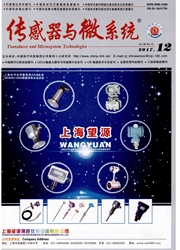

 中文摘要:
中文摘要:
针对工业中常见的圆截面90°弯管中的稀相气固两相流的流动特征难于观测,以及由此造成的对其流动特性缺乏认识的问题,以天津大学的气固装置具备的实验条件为基础,以压力测量值作为模型有效性的评价依据,建立了适用于圆截面管道的计算流体力学(Computational Fluid Dynamics,CFD)模型。针对FLUENT中通过定义反射系数设置颗粒一壁面碰撞关系不能反映实际过程的问题,建立了考虑颗粒与壁面接触过程中的不同运动状态的颗粒一壁面碰撞模型,并引入计算。以此为基础,对不同固气质量比、流量和管道曲率情况下的流动特性进行了研究。发现:两相流体在流经90°弯管后,速度分布的恢复长度与固气质量比、管道曲率半径等有密切关系,曲率半径为2的管道整体压损最小,过小或过大均会导致较大压损,与Mason弯管磨损试验的结论规律相近。
 英文摘要:
英文摘要:
As dilute solid-gas two-phase flow is difficult to be observed in industrial field, referenced on the pressure data acquired at the equipment in Tianjin University, the CFD model of dilute gas-solid flow was built. As the model embedded in Fluent was unable to reflect the practical issue, particle-wall model was built by considering different states of motion during the collision. Based on this method, characteris- tics under different solid-gas ratio and flow in the bend of different curvature radius were studied. The results show that. recovery distance of the asymmetric two-phase flow caused by the bend has great rela- tionship with the solid-gas ratio and the curvature radius of the bend. Compared with others, bend with curvature radius of 2 has less pressure loss during conveying, which is similar to the conclusion obtained by Mason.
 同期刊论文项目
同期刊论文项目
 同项目期刊论文
同项目期刊论文
 Thermodynamic Model and Dynamic Temperature Compensation in Positive-Pressure-Based Sonic Nozzle Gas
Thermodynamic Model and Dynamic Temperature Compensation in Positive-Pressure-Based Sonic Nozzle Gas 期刊信息
期刊信息
